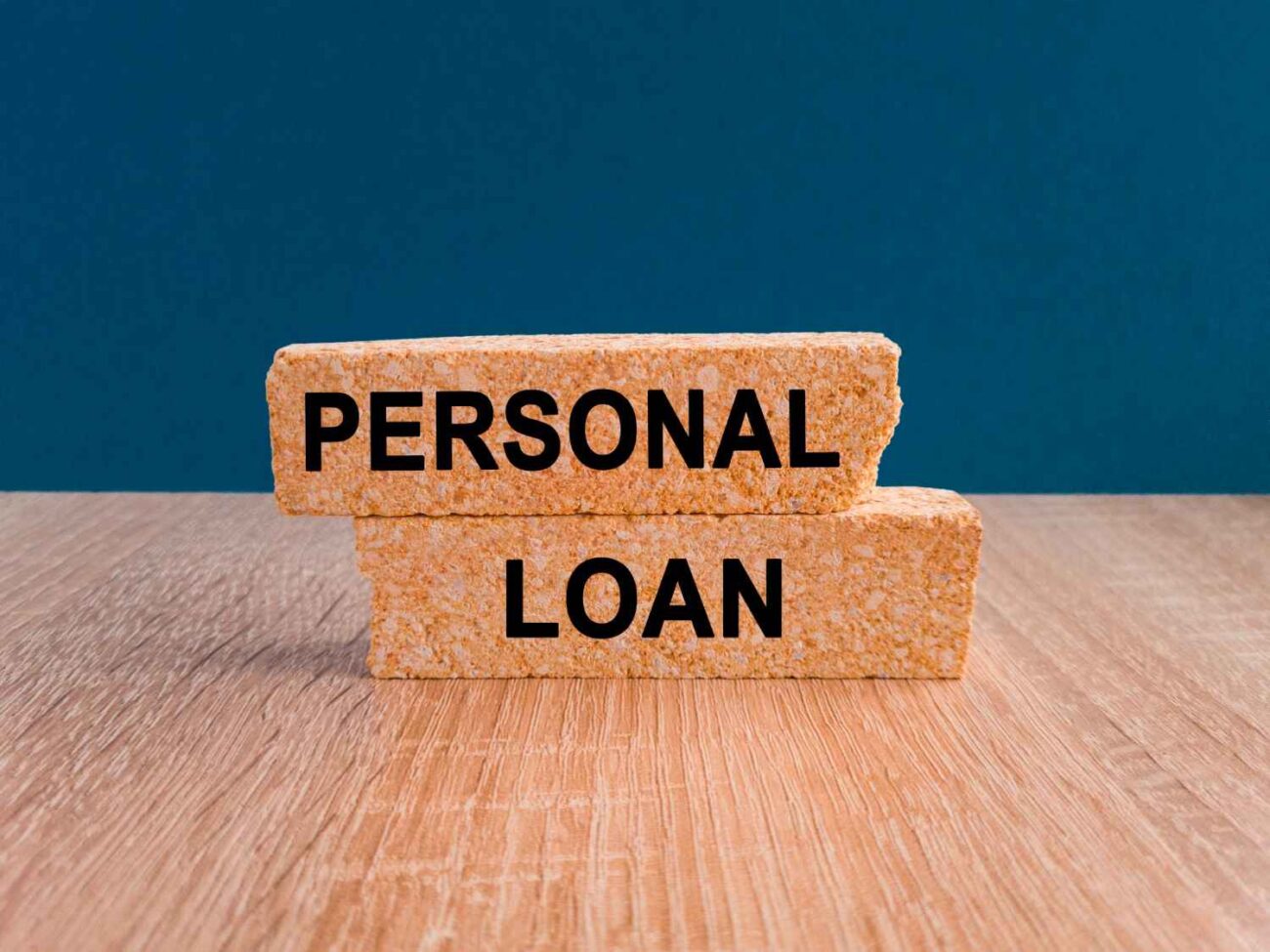For many people, personal loans are a lifeline, whether they are needed for debt consolidation, emergencies, or large purchases. However, the desire to pay off debt could grow stronger as your financial circumstances improve. Knowing how to successfully foreclose on a personal loan and, more importantly, how to do so without facing penalties is essential if you’re thinking about paying off your loan early.
Foreclosure can save you a lot of money on interest, but it takes preparation. Let’s investigate how to make this decision wisely and stay clear of needless expenses.
What Does It Mean to Foreclose on a Personal Loan?
To foreclose a personal loan means to pay in full the total remaining balance before the due date. Instead of paying the EMIs for a longer time, you pay the complete amount of the loan at once. This can save a substantial amount in interest and provide financial freedom sooner than expected.
Nevertheless, most lenders impose a foreclosure fee, which is usually between 2–5% of the remaining balance or as per a particular clause in the contract. If you have a good understanding of the situation and if you plan smartly, you can achieve early closure cost-effectively.
When Is It Smart to Foreclose?
Although early loan closure is tempting, it is only useful when specific circumstances are fulfilled,
- You have extra money because of a bonus, the sale of assets, or an unexpected gain.
- You save more money as soon as you pay off a loan with a high interest rate.
- Too late results in minimal interest savings; too early could result in penalties.
Before you decide to foreclose a personal loan, run the numbers: savings in interest minus any penalty must show a net benefit.
Step-by-Step Guide: How to Foreclose Your Personal Loan Without Penalties
1. Review your loan agreement
Go through your contract to find out about lock-in, foreclosure terms, and applicable fees. Some lenders may expect you to pay off the minimum number of EMIs or allow only partial repayment or full foreclosure after a certain period. Thus, you can make your move accordingly.
2. Maintain a strong repayment record
Regular payments build trust with the lender. If you are one of those customers who have always paid EMI without delay, you may certainly ask the lender to lower or even waive overdue penalties. The lenders can consider you as a person with good credit.
3. Request a formal foreclosure quote
Reach out to your lender to request a “foreclosure statement” revealing the following,
- Remaining principal
- Interest accrued until now
- Foreclosure fee or penalty
- Overall amount payable
Go through it thoroughly. Check if the terms correspond to your contract.
4. Time your foreclosure correctly
The best timing often consists of,
When the minimum EMIs imposed by the lender are over (e.g., 12–18 months), but the homeowner is still paying significantly in terms of interest. If you are too late, you have already paid a larger part of the interest; if too early, you might end up with heavy fees.
5. Negotiate for a waiver or reduction
Supposing you have a good history, go and ask the lender for a waiver. Present to them the proof of your regular payments, being a loyal customer, and good account behaviour. Many lenders are willing to reduce penalties rather than lose a good customer.
6. Complete payment and obtain documentation
When you have made the payment, request a No Objection Certificate (NOC) or a Loan Closure Acknowledgement to be issued to you. Also, check if the lender has notified credit bureaus about your status being “Loan Closed” (not “Settled”), as it will affect your credit score.
Consider Part-Prepayment as an Alternative
Consider a smaller prepayment if the entire transaction seems costly or the penalty is large. This involves keeping the account open while making a sizable payment (for example, 20–30%) of the remaining loan. At a lower cost, it lowers your principal and future interest. Many lenders allow one or two of these payments annually at little or no cost.
Foreclosure’s Effect on Your Credit Score
Your credit profile may temporarily decline if you close a loan early (due to a smaller mix or a shorter account age). Long-term, early closure, however, improves your creditworthiness by decreasing your debt-to-income ratio and showing good financial habits. Just make sure that the closing status has been entered correctly.
Conclusion
You must have timing, clarity, and bargaining skills to foreclose on a personal loan without paying penalties. Before acting, start by going over your loan agreement, keeping up a good repayment record, and getting an accurate foreclosure quote. To cut expenses, try to work out an allowance or choose a partial payment.
You can save money on interest, close your loan early, and have total financial freedom without needless penalties if you plan and practise proper money management.




